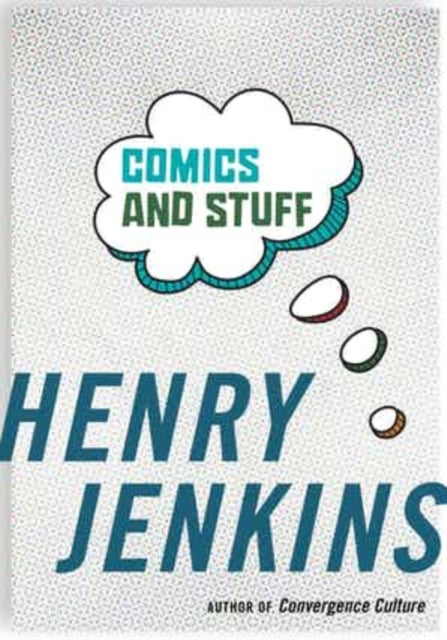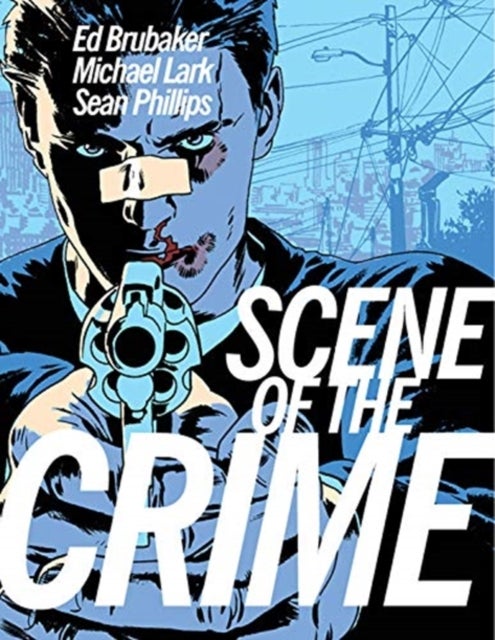
Comics and Stuff av Henry Jenkins
319,-
<p><b>Considers how comics display our everyday stuff¿junk drawers, bookshelves, attics¿as a way into understanding how we represent ourselves now</b><br/>For most of their history, comics were widely understood as disposable¿you read them and discarded them, and the pulp paper they were printed on decomposed over time. Today, comic books have been rebranded as graphic novels¿clothbound high-gloss volumes that can be purchased in bookstores, checked out of libraries, and displayed proudly on bookshelves. They are reviewed by serious critics and studied in university classrooms. A medium once considered trash has been transformed into a respectable, if not elite, genre.<br/>While the American comics of the past were about hyperbolic battles between good and evil, most of today¿s graphic novels focus on everyday personal experiences. Contemporary culture is awash with stuff. They give vivid expression to a culture preoccupied with the processes of circulation and appraisal, accumulatio








